Ashburton, North Street c.1960
Photo ref:
A67072T


This image is a coloured postcard: These coloured postcards were produced by the Frith company in the 1950s and 60s, in the earliest days of coloured postcard production, and were printed using a process called collo-colour. Although the results look quite basic to modern eyes, used to the wonders of the modern printing process, these postcards have a certain period charm as delightfully nostalgic ephemera items from the not-so-distant past.
Add to Album
You must be signed in to save to an album
Sign inShare This Photo
Related Photos The following photos are related to this image:
Buy a Print
Unframed, Mounted, Framed and Canvas prints in a range of sizes and styles.
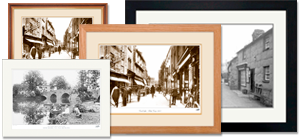
View Sizes & Prices
A Selection of Memories from Ashburton
For many years now, we've been inviting visitors to our website to add their own memories to share their experiences of life as it was, prompted by the photographs in our archive. Here are some from Ashburton
Sparked a Memory for you?
If this has sparked a memory, why not share it here?

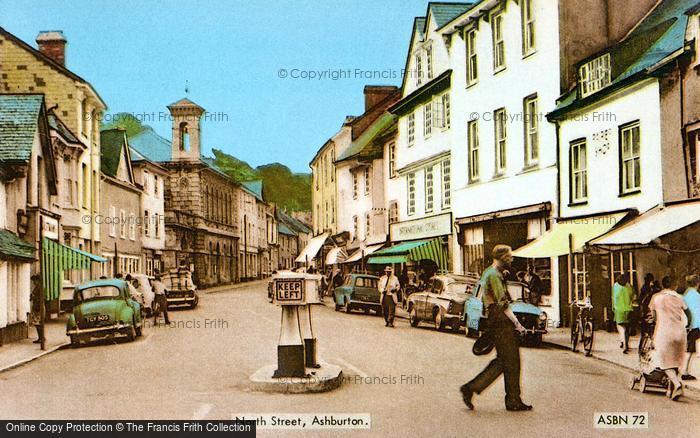
 A67072
A67072
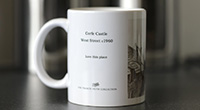
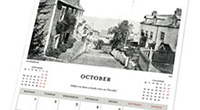
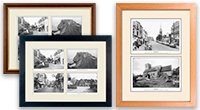
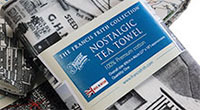
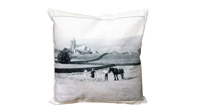
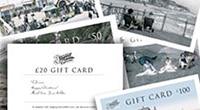
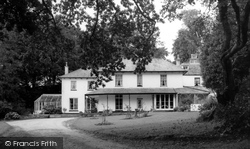

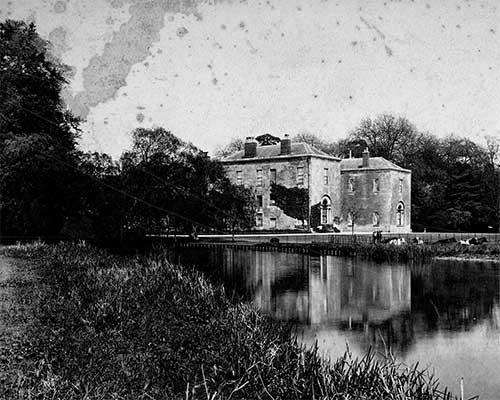 Before
Before
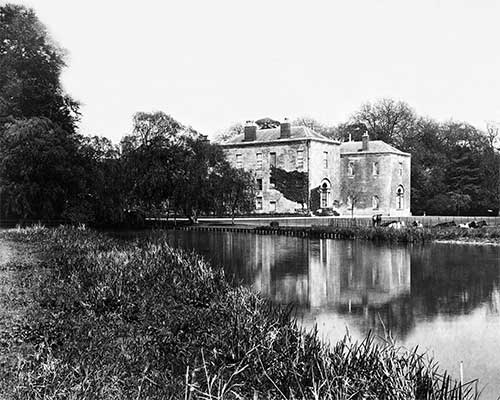 After
After